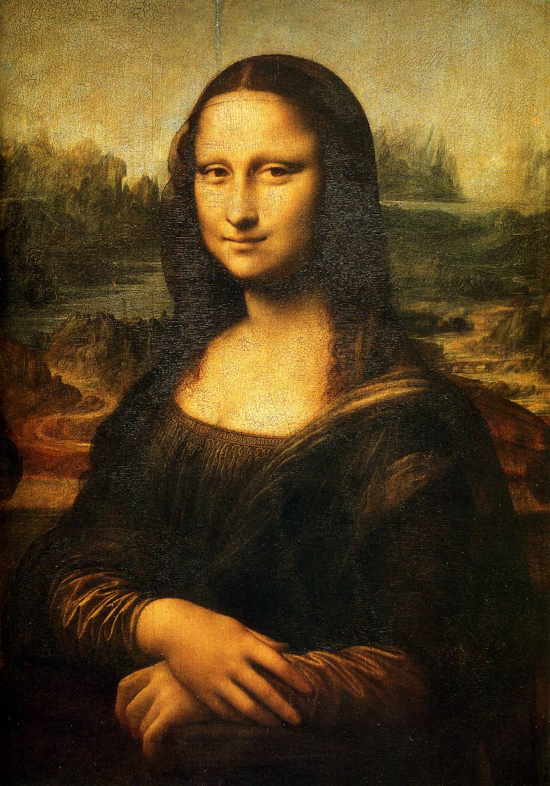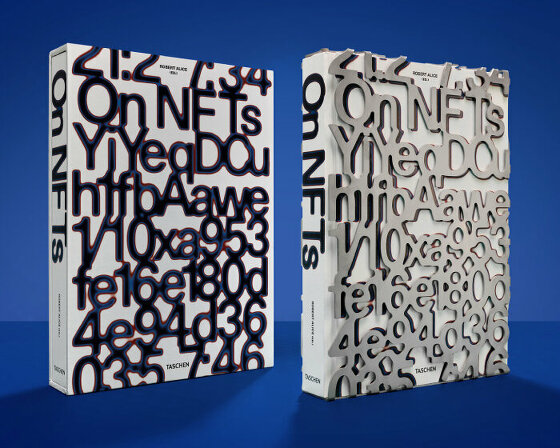KEEP UP WITH OUR DAILY AND WEEKLY NEWSLETTERS
happening now! dive into a week-long celebration of GROHE SPA’s immersive ‘aquatecture’ installation at milan design week 2024 in designboom’s video interview.
PRODUCT LIBRARY
as NEOM's vision celebrates 100% renewable energy, THE (OTHER) LINE is abound with fossil fuels, traffic, and pollution.
connections: +350
'building bridges with history helps us to understand how NFTs fit within the wider art historical narrative,' robert alice tells designboom.
with behemoth installations, scandinavia's largest exhibition of anish kapoor's works opens at ARKEN museum.
connections: +390
we're getting ready for the pre-opening launching today until friday, with public access scheduled for the 20th.
connections: 16







